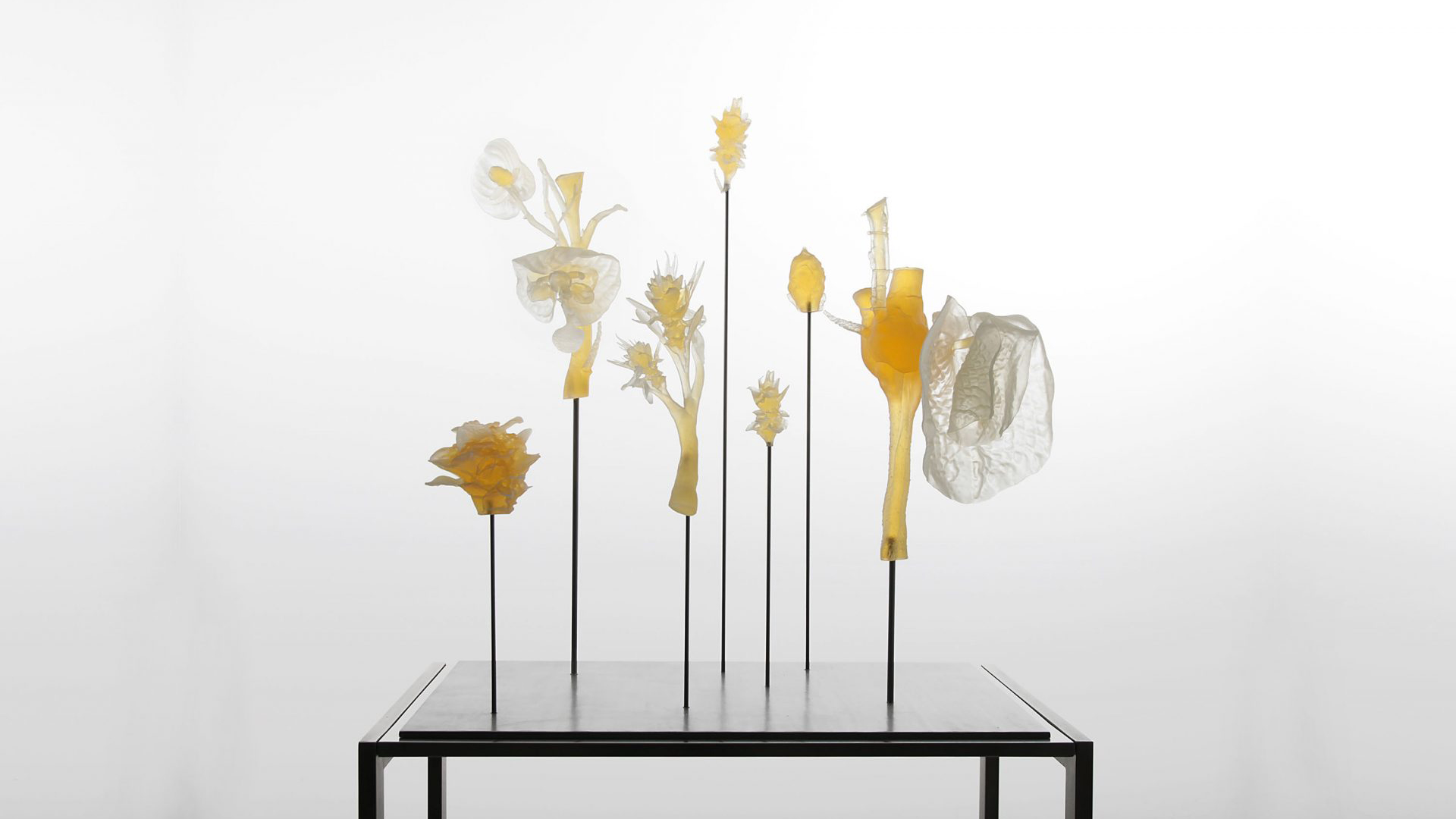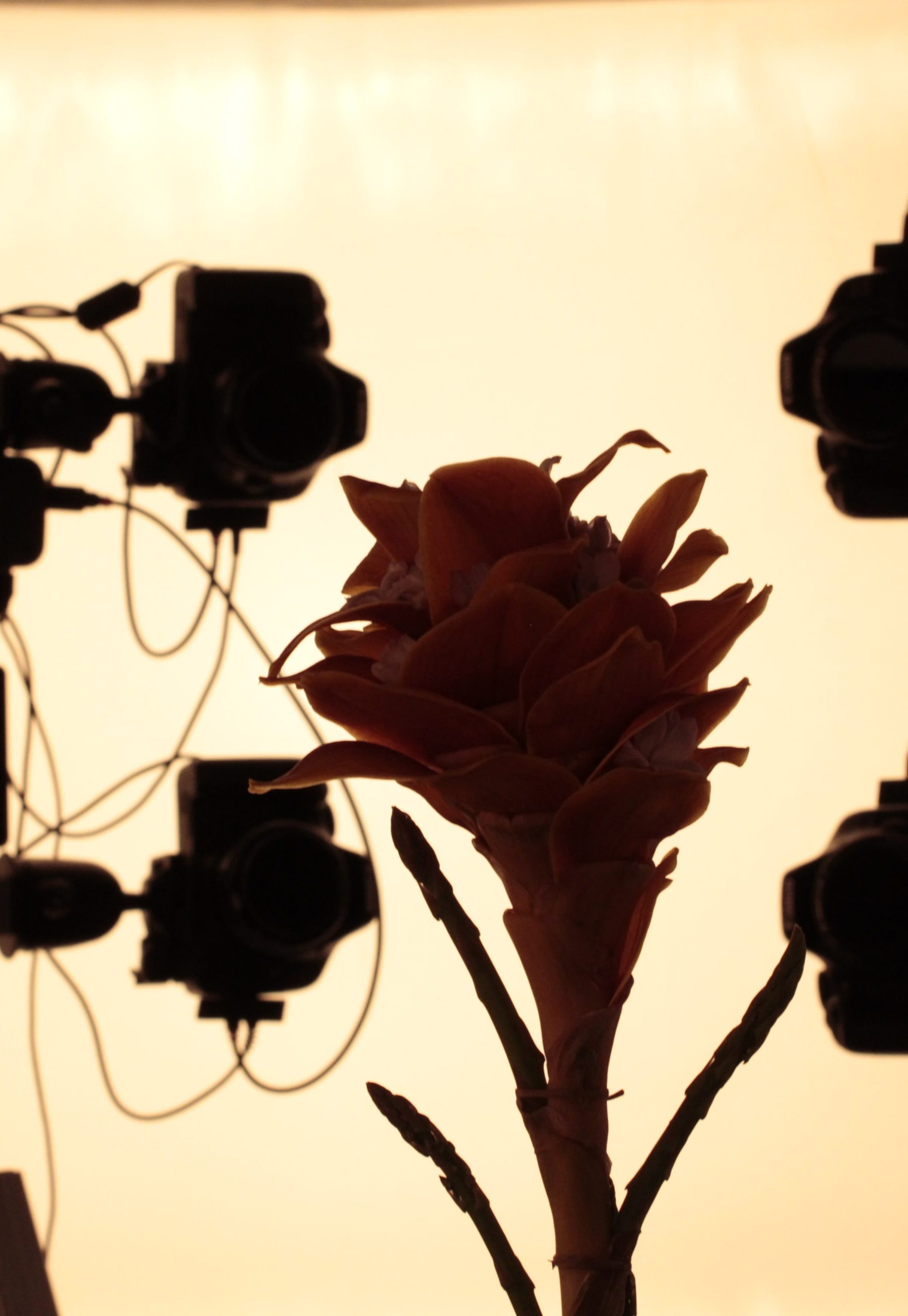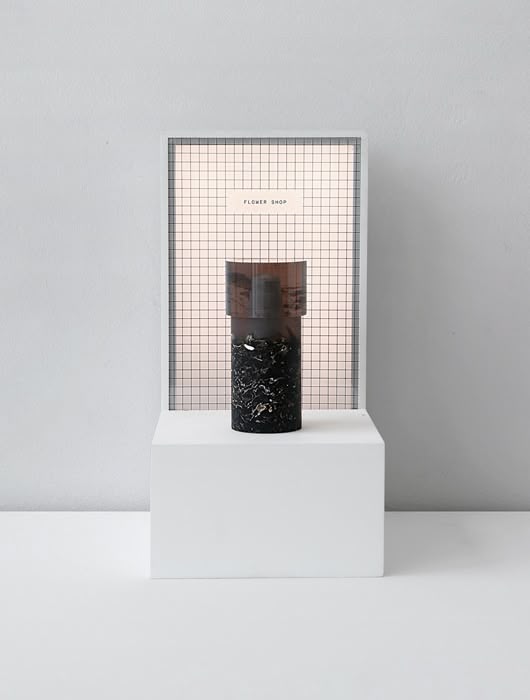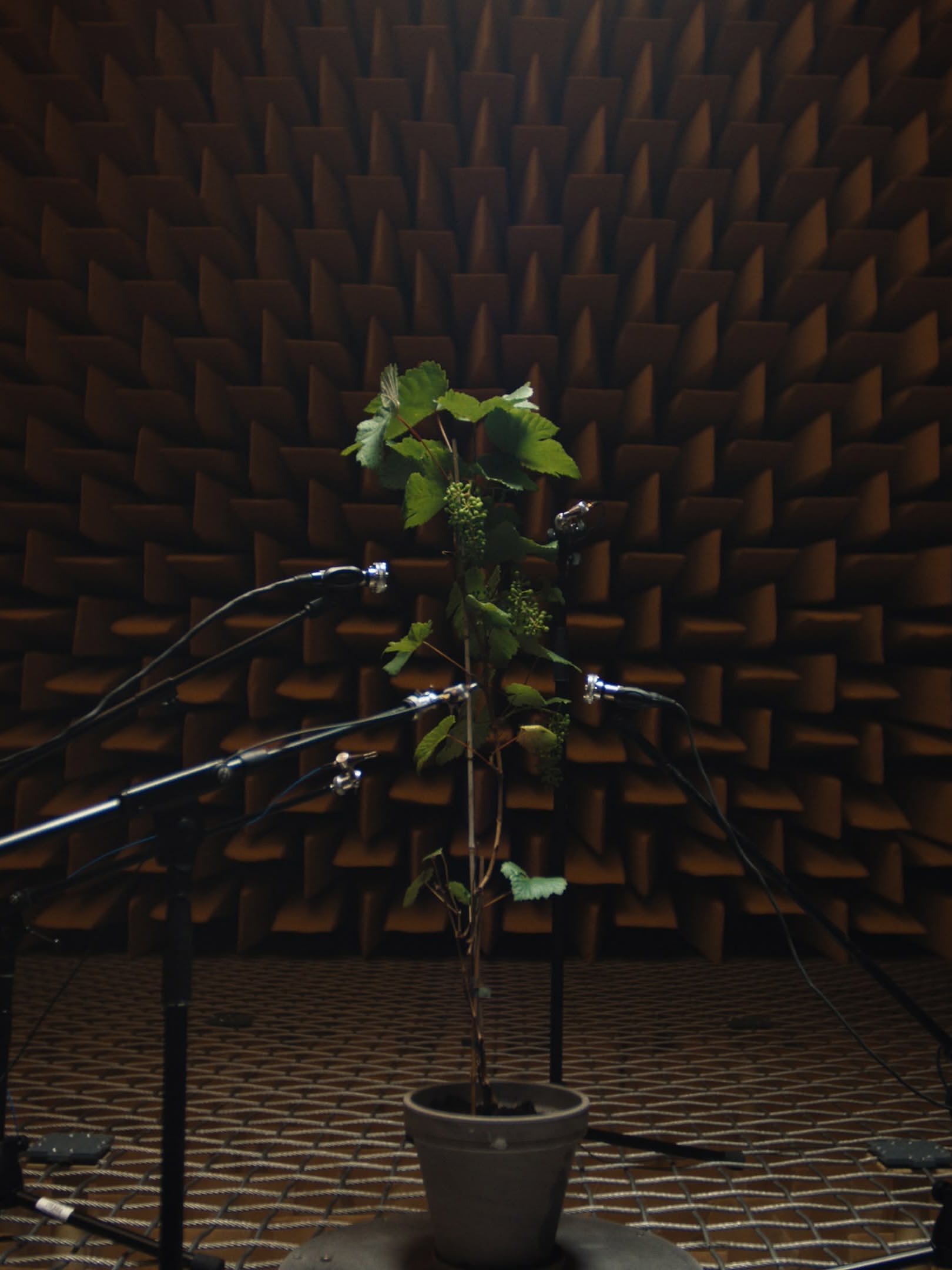Flowering Transition
On this page
Hybrids
Process
Digital Processing
Research

The entire project was summarised in a richly illustrated publication documenting every step of the journey, and revealing Marcin’s family’s flower-breeding background. First presented during Marcin Rusak’s graduation show, “Inflorescence and Other Artefacts” in London in 2015, artefacts from the Flowering Transition series were showcased in various institutional contexts, from internationally acclaimed group exhibitions to self-initiated concepts in Milan and Ljubljana.

Works included
Year
Team
Clara Lacy
Specialists
Andreas Verheijn (Flower engineer)
Dr. Wouter Verkeke (Researcher)
Robert Ossevoort (Project Manager DAVIN3I)
Photo credits
Exhibitions / Location
BIO 27, Ljubljana
Unnatural Practice, Milan
Plant Fever, Grand Hornu / Zürich / Dresden
Inflorescence and Other Artefacts, London
Andreas Verheijn (Flower engineer)
Dr. Wouter Verkeke (Researcher)
Robert Ossevoort (Project Manager DAVIN3I)












































